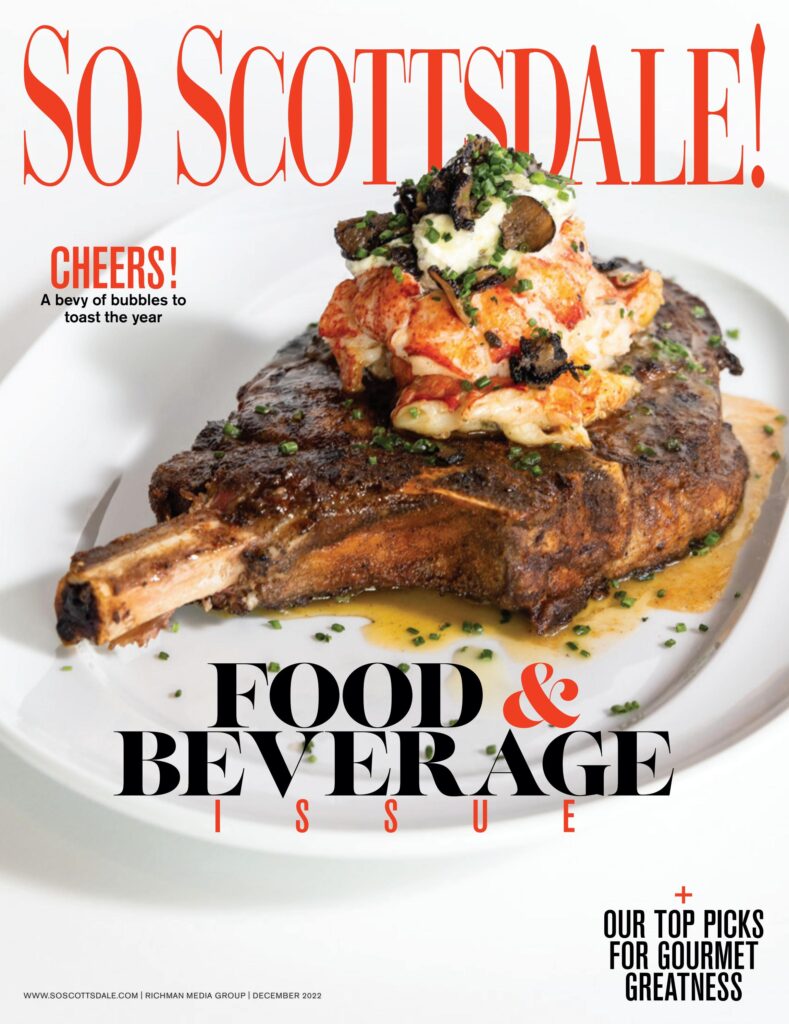Braising is a slow-cooking method that involves browning meat in a hot pan and cooking it in a covered pot with liquid on low heat for several hours until it becomes tender and flavorful. Braising is ideal for tough cuts of meat such as beef chuck, pork shoulder, and lamb shanks. This process breaks down the fiber in the meat and allows it to absorb the flavors of the cooking liquid, which can be served as a rich and flavorful sauce. Tips for beginners include choosing the right cut of meat, seasoning and browning the meat, using enough liquid, cooking low and slow, using the right pot, and adding vegetables and herbs.
The Lowdown on Braising: How Slow and Steady Wins the Race for Mouthwatering Meat Dishes
Braising is a cooking technique that involves slow-cooking meat in liquid, on low heat, until it becomes incredibly tender and flavorful. Braising is a great way to cook cuts of meat that are tough and need a long time to break down and become tender.
What is Braising?
Braising is the process of browning meat in a hot pan and then cooking it in a covered pot with liquid, such as broth or wine, on low heat for several hours. This slow and steady cooking process allows the meat to break down and become tender, while also absorbing the flavors of the cooking liquid.
The liquid used in braising also creates a flavorful sauce or gravy that can be served with the meat. Braising is often used for cuts of meat such as beef chuck, pork shoulder, and lamb shanks.
Benefits of Braising
Braising is a great way to turn tough cuts of meat into a tender and flavorful meal. The slow and steady cooking process not only breaks down the tough fibers in the meat but also allows the meat to absorb the flavors of the cooking liquid.
The resulting sauce or gravy produced during the braising process is rich, flavorful, and can be used to enhance the flavor of the meat or served as a side dish.
Braising Tips and Tricks for Beginners
Braising can seem daunting for beginners, but with some tips and tricks, it can become an easy and delicious way to cook meat.
Choose the Right Cut of Meat
Braising works best with tough, flavorful cuts of meat such as beef chuck, pork shoulder, or lamb shanks. These cuts have a lot of connective tissue that breaks down over time and makes the meat tender.
Season and Brown the Meat
Before adding the meat to the pot, season it with salt, pepper, and any other spices you like. Then, brown the meat in a hot pan with some oil. This will create a flavorful crust on the meat and add depth to the overall flavor of the dish.
Add Enough Liquid
Make sure to add enough liquid to the pot to cover the meat. The liquid will prevent the meat from drying out, and it will also create a flavorful sauce or gravy.
Cook Low and Slow
Braising is a slow-cooking process, so be patient. Cook the meat on low heat for several hours, until it is soft and tender. You can check the meat every hour or so to make sure there is enough liquid in the pot.
Use the Right Pot
Use a heavy-bottomed pot with a tight-fitting lid to ensure even cooking and to prevent the liquid from evaporating too quickly.
Add Vegetables and Herbs
Vegetables and herbs can add extra flavor to your braised meat. Add carrots, onions, celery, and garlic to the pot along with some herbs like rosemary or thyme.
Let the Meat Rest
Once the meat is done cooking, let it rest for a few minutes before slicing or serving. This will allow the juices to redistribute throughout the meat and ensure it stays tender and juicy.
Conclusion
Braising is a delicious way to turn tough cuts of meat into a mouthwatering meal. With some tips and tricks, anyone can master the art of braising. Just remember to choose the right cut of meat, season and brown it, add enough liquid, cook low and slow, use the right pot, and add vegetables and herbs for extra flavor. And most importantly, be patient and let the slow and steady cooking process work its magic.
